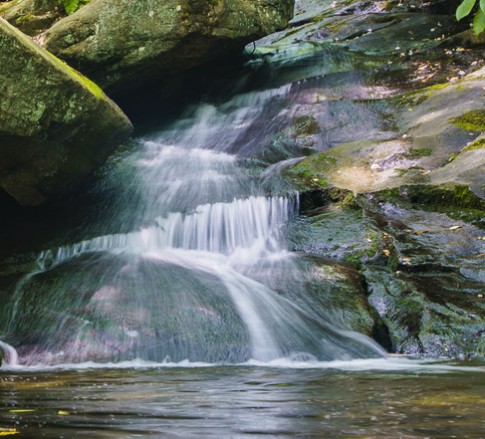How the Federal Government Is Coming after Water, and Whether It Will Get It
April 5, 2016
By: Blair M. Gardner
In February, the U.S. EPA and U.S. Geological Survey (USGS) jointly released a draft technical report entitled “Protecting Aquatic Life from Effects of Hydrologic Alteration.” This 92 page text summarizes the received wisdom among the regulatory agencies. They include the following observations: “flow regime plays a central role in supporting healthy aquatic ecosystems and the ecological services they provide to society”; A “natural flow regime” is affected by “climate and other catchment and reach scale properties”; Human activities can “alter hydrologic processes including infiltration and overland flow, and manipulate surface and groundwater by direct alteration of stream channels or the erection of dams or withdrawal of water.” All true.
The authors of the technical document, however, did not spend the last five years in preparing it to state the obvious. The purpose of the document is to describe how the federal Clean Water Act can be used to protect aquatic life, particularly when a use a stream might be subject to one of the Act’s regulatory programs: the water quality (NPDES) program under §402 of the Act or the “dredge and fill” provisions of §404. As any observer of EPA’s regulatory activities in support of its proposed “waters of the United States” (WOTUS) can attest, virtually every moist patch of earth can be a stream. Since everything can be protected, every activity which can affect those “waters” can be regulated. The activity can require a §402 or §404 permit. Alternatively, an activity may necessitate a state-issued water quality certification arising out of §401 of the CWA to the effect that the activity does not impair those waters.
EPA even explains it legal rationale how the CWA affects discharges into waters of the United States at Appendix B of the report (pp. 135-137). Depending upon the outcome of this year’s presidential election, we can expect federal agencies and their environmental allies to make these arguments in the coming years. Regardless of the type of permitting action, or the agency or organization asserting the interest, an aspect of public law long believed to lie exclusively within the province of state authorities will become subject to federal oversight.
The manipulation and alteration of streams has long been practiced for public purposes other than providing aquatic habitat. Historically, it was done on a state or local level to regulate streams for commercial purposes such as mill dams and canals. In the 20th Century, federal authority was invoked to control regional flooding and to generate hydroelectric power. In the near future, it will be fascinating to see if those uses are trumped by the habitat needs of aquatic insect, and whether federal agencies will even recognize a state’s right to make those decisions.
This article was authored by Blair M. Gardner, Jackson Kelly PLLC.



